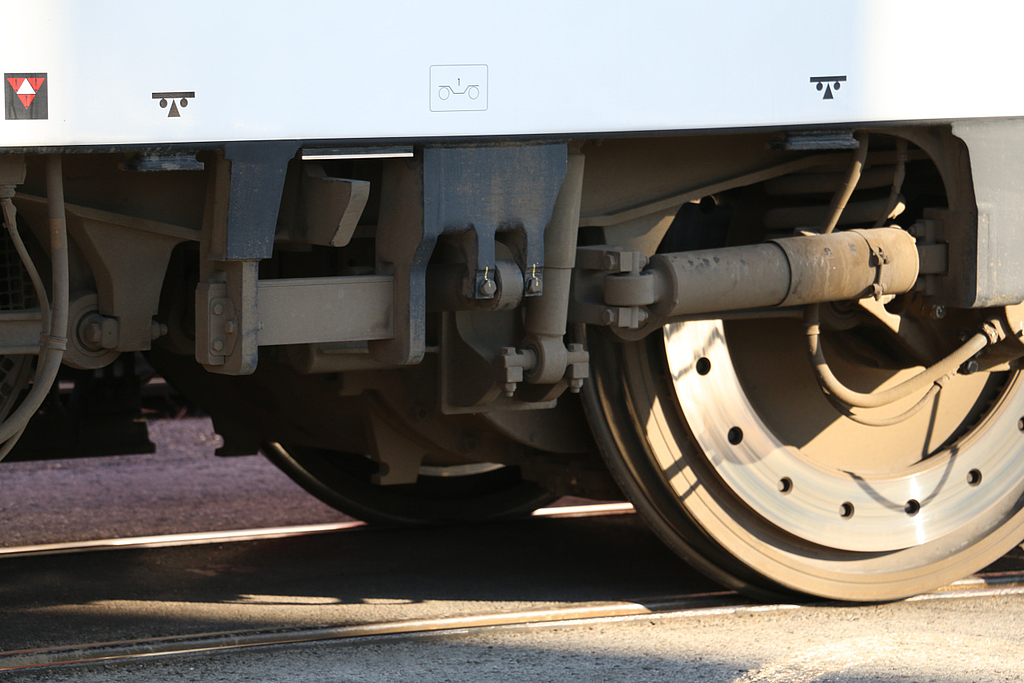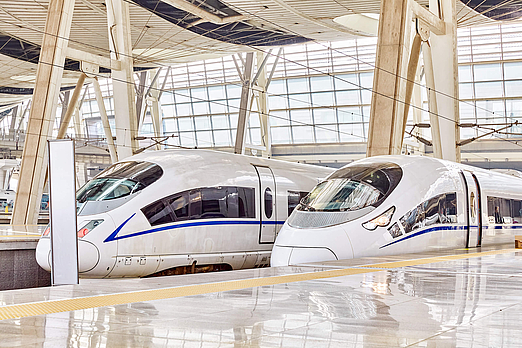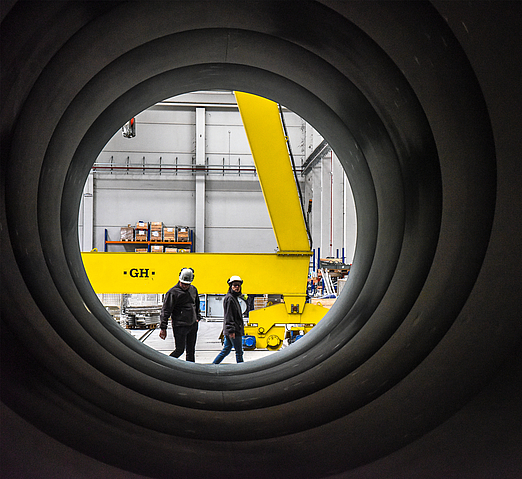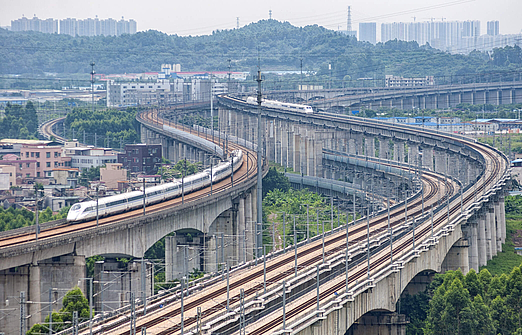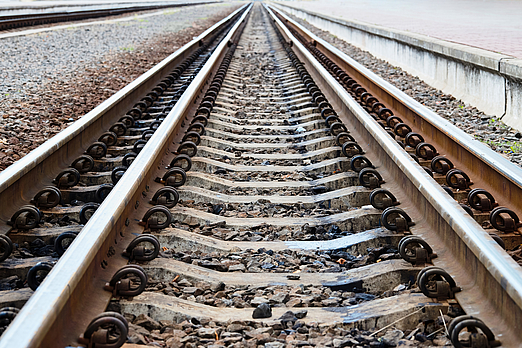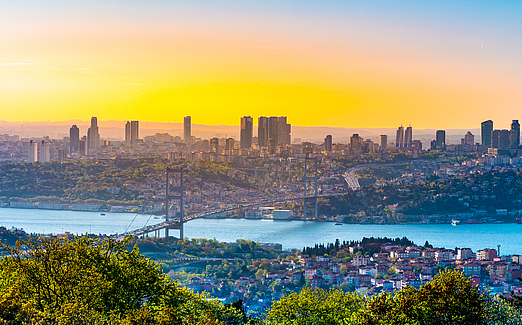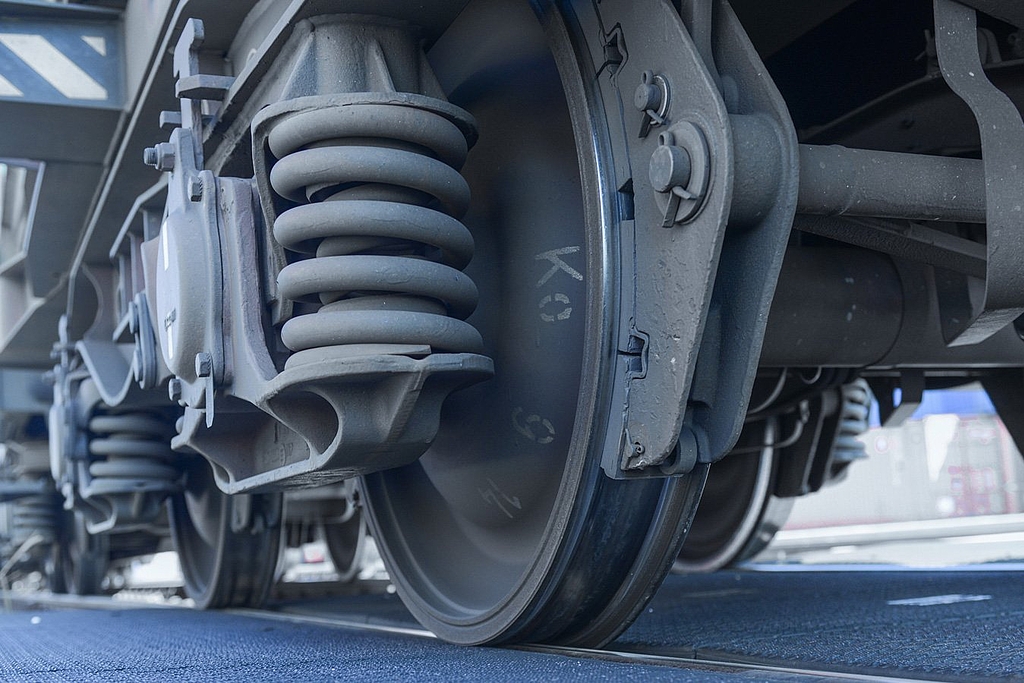Going for logistics gold!
The Olympics hosted by an efficiency champion
- Facts
The time approaches once again for the oldest sporting event in the world. After a year’s delay and in the face of exceptional concerns, Tokyo and the world will still be experiencing their Summer Olympic Games. Even if COVID-19 has forced fundamental changes, the Olympics will still be one of the largest – and most expensive – international sporting events. Some of the biggest challenges will be logistical in nature, but in disciplined Japan, thorough preparations have been under way for years.
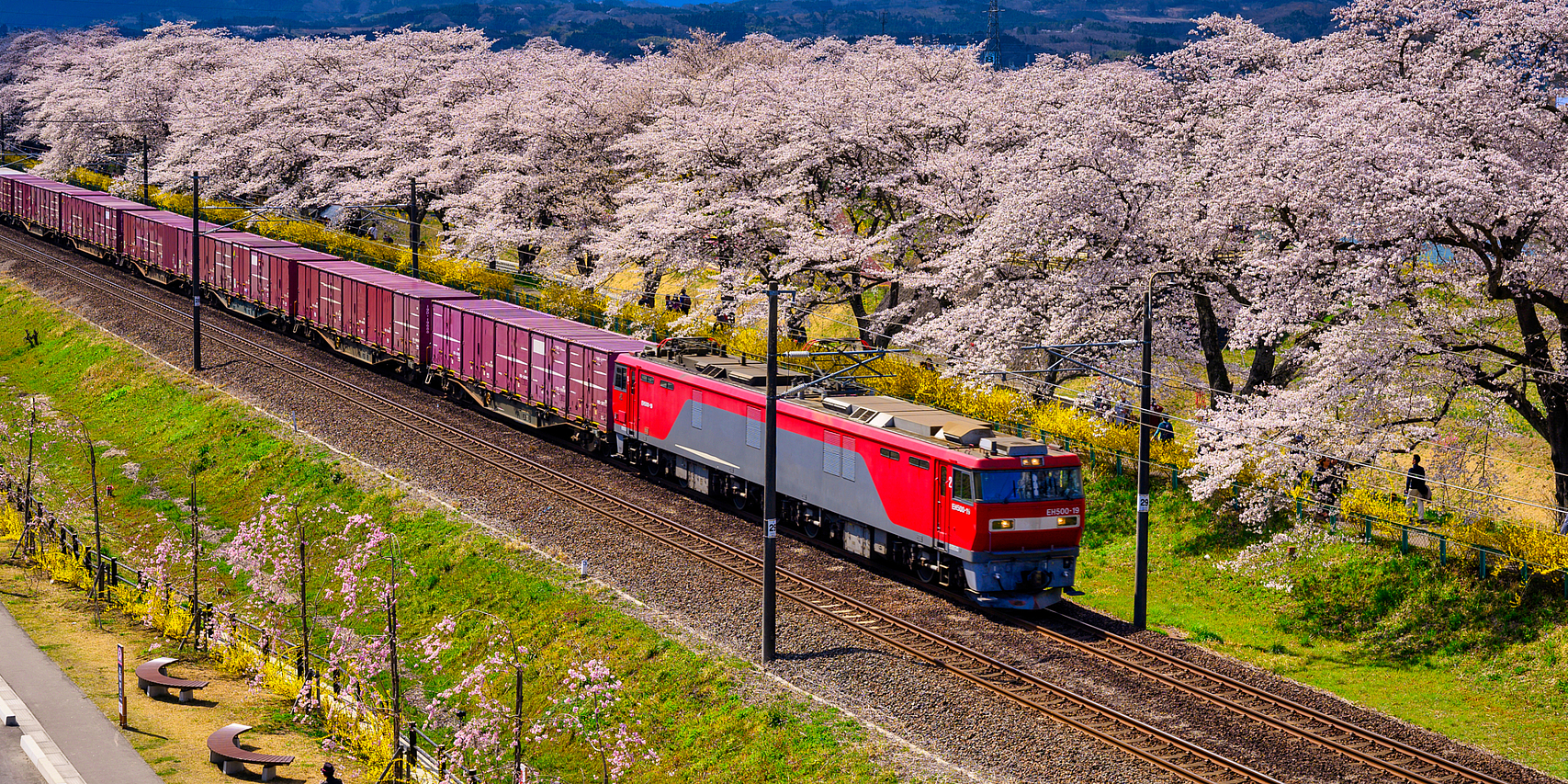

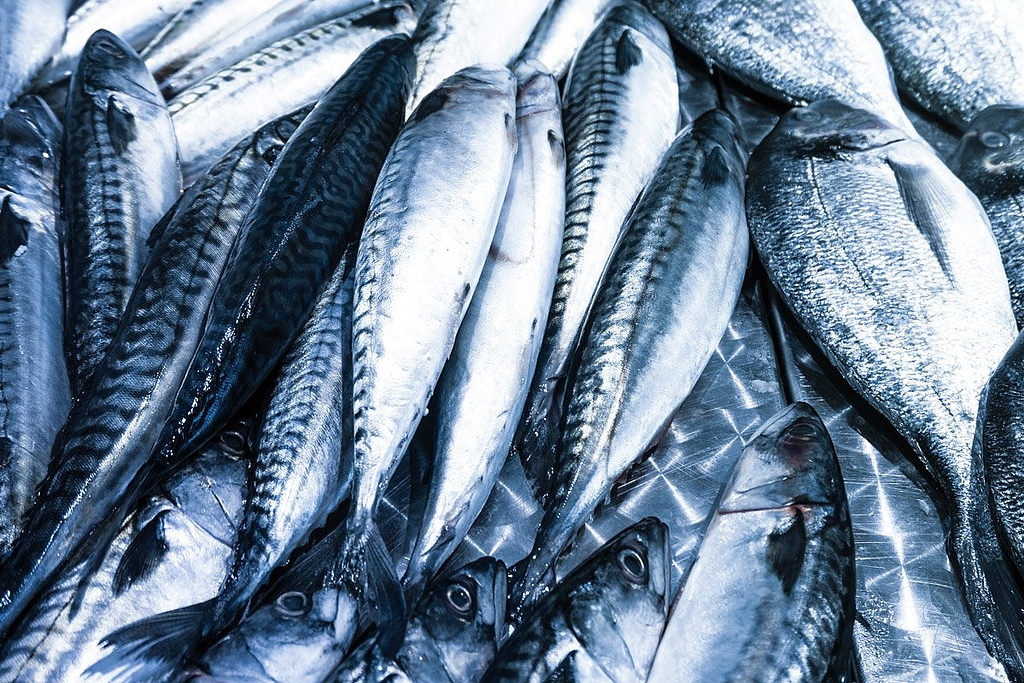
Temperature-Controlled - for temperature-sensitive goods
We offer a range of ocean freight solutions for the transport of chilled and frozen cargo from and to anywhere in the world. Our reefer sea cargo experts provide an unbroken cold chain from door to door for your temperature-sensitive goods.
Find out more
